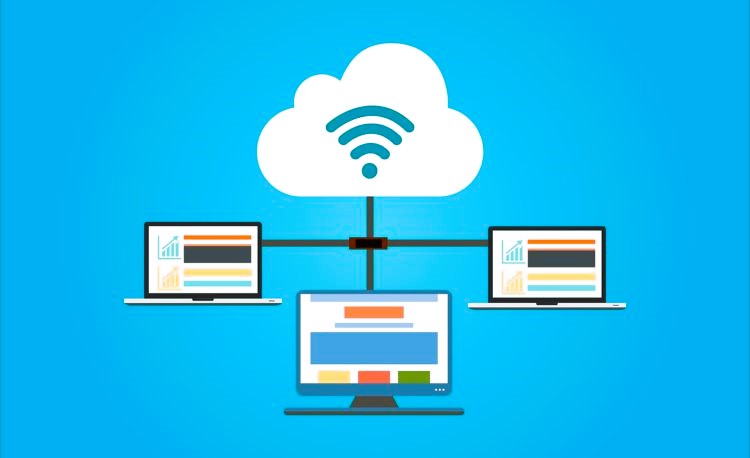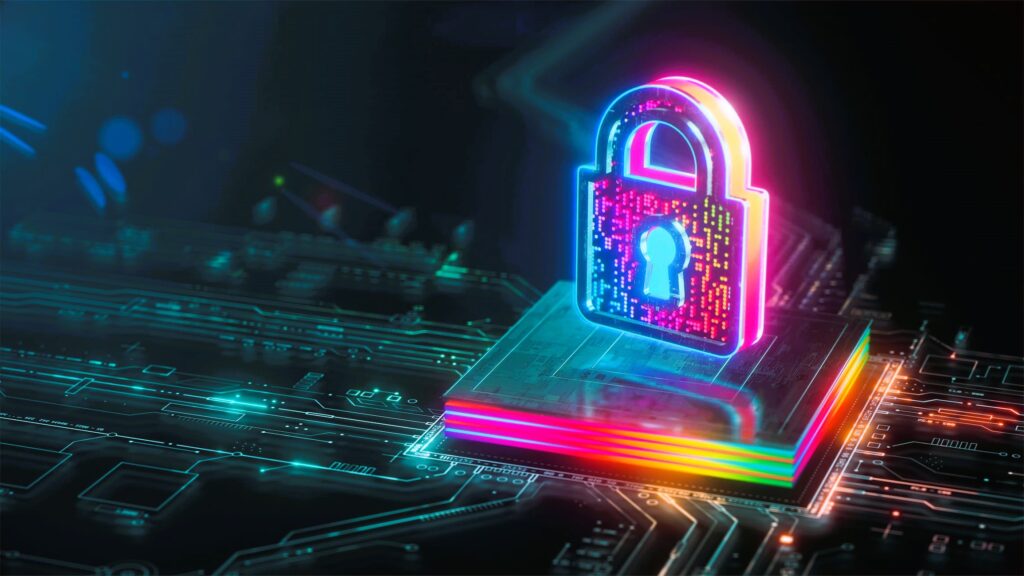Top Security Features to Look for in a Virtual Data Room
In an increasingly digital world, data security has become a top priority for businesses and organizations. This is particularly true when it comes to handling sensitive information during transactions, mergers, and acquisitions. Virtual Data Rooms (VDRs) have emerged as essential tools for secure data management, providing a controlled environment for sharing confidential documents. To ensure the highest level of protection for your information, it’s crucial to understand the key security features that should be present in a VDR. This article explores the top security features to look for in a Virtual Data Room and why they matter at top minecraft server hosts.
1. Advanced Encryption Protocols
Encryption is the cornerstone of data security. It ensures that information is transformed into an unreadable format, which can only be decrypted with the appropriate key. When evaluating a VDR, it’s important to look for advanced encryption protocols that safeguard your data both at rest and in transit.
- Encryption at Rest: This refers to encrypting stored data to protect it from unauthorized access. Ensure that the VDR uses strong encryption algorithms, such as AES-256, which is widely recognized for its robust security.
- Encryption in Transit: This protects data as it moves between the user’s device and the VDR. Look for VDRs that utilize SSL/TLS encryption to secure data during transmission.
2. Multi-Factor Authentication (MFA)

Multi-Factor Authentication (MFA) adds an extra layer of security by requiring users to provide two or more forms of verification before accessing the VDR. This can include something the user knows (a password), something the user has (a smartphone or hardware token), or something the user is (biometric data).
MFA significantly reduces the risk of unauthorized access, even if a user’s password is compromised. Ensure that the VDR supports MFA, such as SMS codes, email confirmations, or authentication apps, to enhance the security of your data.
3. Granular User Permissions
Granular user permissions allow administrators to control what each user can view, edit, or download within the VDR. This feature is crucial for maintaining confidentiality and preventing unauthorized access to sensitive documents. How virtual data rooms simplify due diligence processes, read more in our article.
Key aspects to consider include:
- Role-Based Access Control (RBAC): This allows administrators to assign roles with specific permissions to different users or groups.
- Document-Level Permissions: These settings enable precise control over who can access, download, or print individual documents.
4. Audit Trails and Activity Logs
Audit trails and activity logs provide a detailed record of all actions taken within the VDR. This includes document views, downloads, edits, and user logins. These logs are essential for tracking user activity and identifying any potential security breaches.
Features to look for include:
- Real-Time Monitoring: The ability to view activities as they occur.
- Detailed Reports: Comprehensive logs that provide information on who accessed what documents and when.
5. Watermarking
Watermarking adds a layer of security by embedding visible or invisible markers on documents. These watermarks can include the user’s name, IP address, or date and time of access.
This feature helps deter unauthorized distribution of documents by making it easier to trace the source of leaks. Additionally, it can provide a visual reminder that the document is confidential, discouraging casual sharing.
6. Secure Document Sharing
Secure document sharing ensures that files are transmitted safely and are protected from unauthorized access. Look for VDRs that offer secure sharing options, including:
- Expiring Links: Temporary links that grant access to documents for a specified time period.
- Download Restrictions: Options to prevent or limit the downloading of documents.
These features help control how documents are shared and reduce the risk of unauthorized access.
7. Two-Way Data Syncing
Two-way data syncing allows for real-time updates and ensures that changes made to documents are reflected across all devices and users. This feature is important for maintaining data integrity and consistency.
Ensure that the VDR supports two-way syncing and provides mechanisms to handle conflicts or errors during synchronization. This helps ensure that all users are working with the most up-to-date information.
8. Compliance with Industry Standards
Compliance with industry standards and regulations is crucial for ensuring that your VDR meets the required security and privacy standards. Look for VDRs that are compliant with standards such as:
- ISO/IEC 27001: An international standard for information security management.
- GDPR (General Data Protection Regulation): A regulation in EU law on data protection and privacy.
Compliance with these standards demonstrates a commitment to maintaining high security and privacy standards.
9. Data Backup and Recovery

Data backup and recovery features ensure that your information is protected in case of hardware failures, data corruption, or accidental deletion. Look for VDRs that offer:
- Regular Backups: Automated backups that occur at scheduled intervals.
- Disaster Recovery Plans: Procedures and tools for recovering data in case of an emergency.
These features help ensure that your data remains safe and accessible, even in the event of unforeseen issues.
10. Secure Mobile Access
With the increasing use of mobile devices, it’s important to ensure that your VDR provides secure access from smartphones and tablets. Look for VDRs that offer:
- Mobile App Security: Apps with built-in security features, such as biometric authentication.
- Responsive Design: Interfaces that are optimized for mobile devices without compromising security.
Secure mobile access ensures that users can safely view and manage documents on the go.
As businesses increasingly rely on digital tools for managing sensitive information, the security of Virtual Data Rooms becomes paramount. By focusing on key security features such as advanced encryption, multi-factor authentication, and granular user permissions, organizations can ensure that their data remains protected during critical transactions.
For more information on Virtual Data Rooms and their security features, visit the Wikipedia page on Virtual Data Rooms. Embracing these security features will help safeguard your data and enhance the effectiveness of your VDR, ensuring that your information remains secure and accessible throughout its lifecycle.